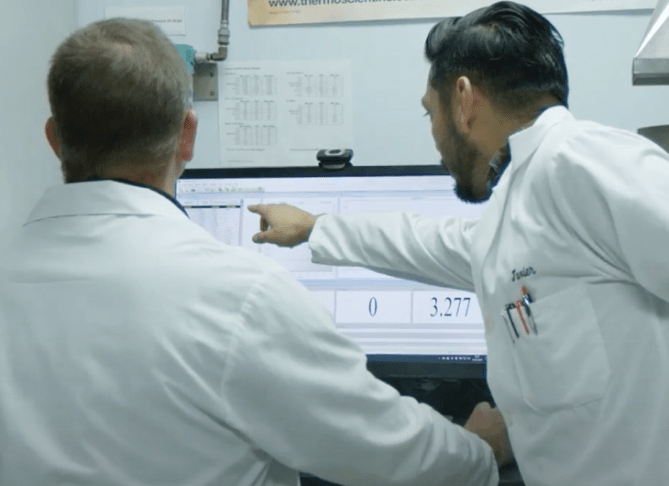Asbestos, once hailed as a “miracle mineral” for its heat resistance and insulating properties, has since become infamous due to its serious health risks. Exposure to asbestos fibers can lead to severe respiratory illnesses, including asbestosis, lung cancer, and mesothelioma. Given these dangers, the question arises: Is asbestos testing in Los Angeles mandatory in modern times? The answer varies depending on the country, building type, and local regulations, but the general trend is clear – testing remains crucial and, in many cases, legally required.
The Legacy of Asbestos Use
For much of the 20th century, asbestos was widely used in construction, automotive parts, and various industrial applications. Buildings constructed before the 1980s are particularly likely to contain asbestos materials in insulation, roofing, flooring, and wall panels. As awareness of the health hazards increased, many countries began regulating and eventually banning asbestos use.
Despite these bans, asbestos remains a hidden threat in older structures, which is why testing is a key safety measure before renovations, demolitions, or property sales.
Modern Regulations on Asbestos Testing
In many regions, asbestos testing is legally mandated under specific circumstances. For example, in the United States, the Environmental Protection Agency (EPA) and the Occupational Safety and Health Administration (OSHA) regulate asbestos management and require testing in workplaces and public buildings, especially during renovation or demolition. Similarly, European Union member states enforce strict asbestos laws that mandate testing and removal protocols.
In Australia and Canada, asbestos inspections and tests are compulsory for older buildings, particularly before any construction or refurbishment work begins. These laws aim to prevent accidental exposure and ensure that asbestos removal is conducted safely by licensed professionals.
Why Testing Is Still Essential
Even in modern constructions, although asbestos use is largely banned, legacy materials may remain undiscovered. Testing helps identify asbestos-containing materials (ACMs) so that proper safety measures can be taken. Without testing, workers and occupants risk inhaling dangerous fibers during building maintenance or demolition.
Testing also protects property owners from legal liability. If asbestos is found during inspections, it must be managed or removed according to safety standards, reducing health risks and ensuring compliance with laws.
Bottom-line
While the use of asbestos in new buildings has been banned or heavily restricted worldwide, asbestos testing in Los Angeles remains mandatory in many contexts, particularly for older structures or renovations. It is a vital step to protect health, ensure legal compliance, and promote safe building practices. Ignoring asbestos testing can lead to serious health consequences and costly legal issues.
 :
https://www.pinterest.com/envirocheck247/
:
https://www.pinterest.com/envirocheck247/

